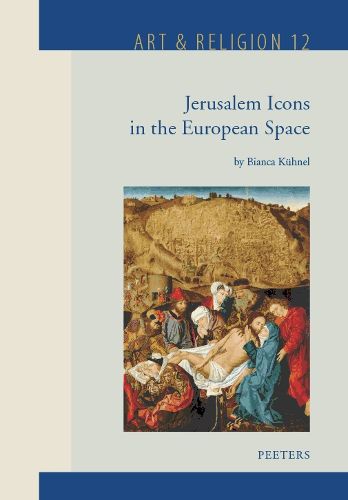Readings Newsletter
Become a Readings Member to make your shopping experience even easier.
Sign in or sign up for free!
You’re not far away from qualifying for FREE standard shipping within Australia
You’ve qualified for FREE standard shipping within Australia
The cart is loading…






Based on scripture, exegesis, and an ongoing dialogue with the Jewish
and Islamic presence, Jerusalem maintains a central position in
Christian spirituality. After several studies that mapped visual
references to the holy city in various other representational media,
Bianca Kuhnel dedicates the present volume to the monumental presence of
Jerusalem in European Latin Christianity. The works discussed in this
book have a spatial dimension, defined by mimetic architecture and
mimetic topography brought to life by ritual movement. They consist of
the reproductions of key buildings representing Jerusalem’s most sacred
sites, standing alone or arranged in clusters. Jerusalem sites
throughout the world challenge the usual notions of transfer and
representation in the history of art by their number, their variety of
means, and their level of historical consistency. This book traces key
turning points in the long history of Jerusalem abroad, while defining a
common methodological and theoretical framework.
$9.00 standard shipping within Australia
FREE standard shipping within Australia for orders over $100.00
Express & International shipping calculated at checkout
Based on scripture, exegesis, and an ongoing dialogue with the Jewish
and Islamic presence, Jerusalem maintains a central position in
Christian spirituality. After several studies that mapped visual
references to the holy city in various other representational media,
Bianca Kuhnel dedicates the present volume to the monumental presence of
Jerusalem in European Latin Christianity. The works discussed in this
book have a spatial dimension, defined by mimetic architecture and
mimetic topography brought to life by ritual movement. They consist of
the reproductions of key buildings representing Jerusalem’s most sacred
sites, standing alone or arranged in clusters. Jerusalem sites
throughout the world challenge the usual notions of transfer and
representation in the history of art by their number, their variety of
means, and their level of historical consistency. This book traces key
turning points in the long history of Jerusalem abroad, while defining a
common methodological and theoretical framework.